SOCIAL
Snapchat Shares New Data on its Unique Audience Reach, and Why That’s of Value for Brands
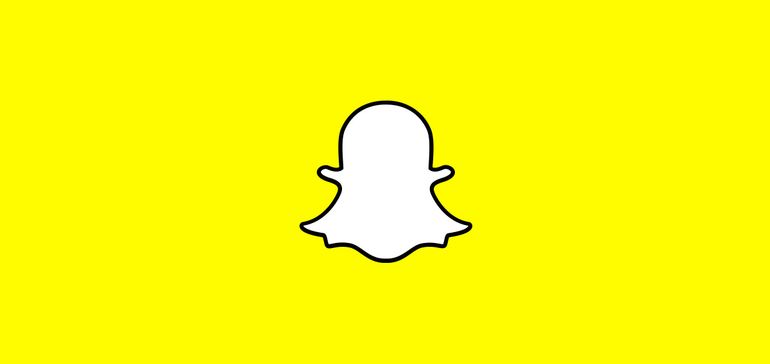
Snapchat has published a new report which highlights its unique reach to younger audiences, which also underlines the platform’s value as a messaging and interaction app, with the majority of Snapchat users primarily relying on the app to keep in touch, over other key messaging platforms.
Snapchat partnered with GWI for the new study, which looks at how often Snapchat users open other apps, and which apps they rely on, on a daily basis, for their social and engagement activity.
The data shows that 51% of daily Snapchatters aged 16 and over don’t use TikTok every day, while 67% don’t log onto Twitter at the same rate.
That’s interesting, especially considering TikTok’s rise, and its popularity among younger audiences. You would think that there would be a strong crossover here, but the data shows that Snapchat users remain aligned to the app – which could also be a vote of confidence in its own Spotlight short-form video feed.
If people are getting their TikTok-type fix on Snap (or indeed any other app), that justifies this type of replication – so even if you think it’s a cheap tactic to copy a competitor, if it works…
As you can see in this chart, Instagram is the most closely aligned app, with 70% of active Snapchat users indicating that they also log onto Instagram each day. But around half of Snapchat’s audience is not logging on to YouTube, TikTok or Facebook at the same rate, which underlines the app’s unique reach potential, and the value it holds for those that regularly use the app to keep in touch with friends.
And those results shift again when the age bracket is increased:

As explained by Snap:
“When we look specifically at 16-24 year old daily Snapchatters, the results are fascinating. While TikTok’s reach increases slightly, Facebook and Twitter both see a further decline among this key Gen Z demographic. 70% of daily Snapchatters ages 16-24 do not use Twitter every day, 63% of daily Snapchatters ages 16-24 do not use Facebook every day, and 42% of daily Snapchatters ages 16-24 do not use TikTok every day.”
Also interesting to note the comparative difference between Messenger and WhatsApp users and Snapchatters, with most Snap users not opening these messaging apps at anywhere near the same rate. That would suggest that for active Snap users, it’s now the messaging app of choice, which is an important trend to keep in mind for marketers looking to establish connection via DMs.
Of course, that’s not to say that Snapchat users would be open to messages from brands, necessarily. But still, it’s worth considering how Snapchat facilitates more intimate connection in this way, and how that changes the dynamic for Snapchat users in regards to how they keep in touch.
Snapchat has long-touted its unique audience reach, with a similar study published back in 2019 showing that Snap users are strongly aligned to the app.

The hope is that this data highlights Snapchat’s niche audience reach, and helps to differentiate the app from others, encouraging more ad spend from brands looking for alternative avenues of promotion to its audience.
And it is an effective overview of Snap’s potential, which could help to underline its unique value in the space, as opposed to being viewed as a directly comparative platform.
Worth considering in your plans.
SOCIAL
Snapchat Explores New Messaging Retention Feature: A Game-Changer or Risky Move?
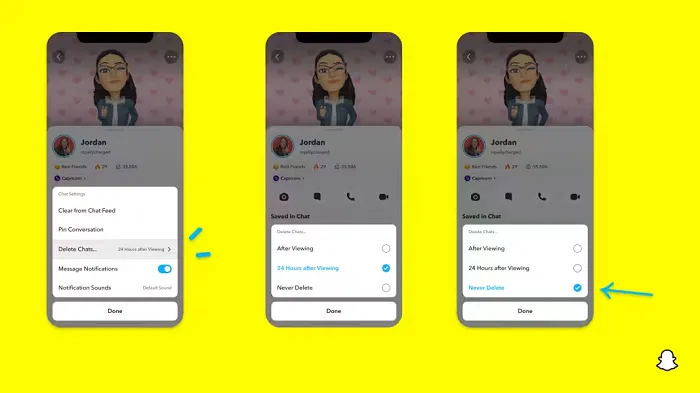
In a recent announcement, Snapchat revealed a groundbreaking update that challenges its traditional design ethos. The platform is experimenting with an option that allows users to defy the 24-hour auto-delete rule, a feature synonymous with Snapchat’s ephemeral messaging model.
The proposed change aims to introduce a “Never delete” option in messaging retention settings, aligning Snapchat more closely with conventional messaging apps. While this move may blur Snapchat’s distinctive selling point, Snap appears convinced of its necessity.
According to Snap, the decision stems from user feedback and a commitment to innovation based on user needs. The company aims to provide greater flexibility and control over conversations, catering to the preferences of its community.
Currently undergoing trials in select markets, the new feature empowers users to adjust retention settings on a conversation-by-conversation basis. Flexibility remains paramount, with participants able to modify settings within chats and receive in-chat notifications to ensure transparency.
Snapchat underscores that the default auto-delete feature will persist, reinforcing its design philosophy centered on ephemerality. However, with the app gaining traction as a primary messaging platform, the option offers users a means to preserve longer chat histories.
The update marks a pivotal moment for Snapchat, renowned for its disappearing message premise, especially popular among younger demographics. Retaining this focus has been pivotal to Snapchat’s identity, but the shift suggests a broader strategy aimed at diversifying its user base.
This strategy may appeal particularly to older demographics, potentially extending Snapchat’s relevance as users age. By emulating features of conventional messaging platforms, Snapchat seeks to enhance its appeal and broaden its reach.
Yet, the introduction of message retention poses questions about Snapchat’s uniqueness. While addressing user demands, the risk of diluting Snapchat’s distinctiveness looms large.
As Snapchat ventures into uncharted territory, the outcome of this experiment remains uncertain. Will message retention propel Snapchat to new heights, or will it compromise the platform’s uniqueness?
Only time will tell.
SOCIAL
Catering to specific audience boosts your business, says accountant turned coach
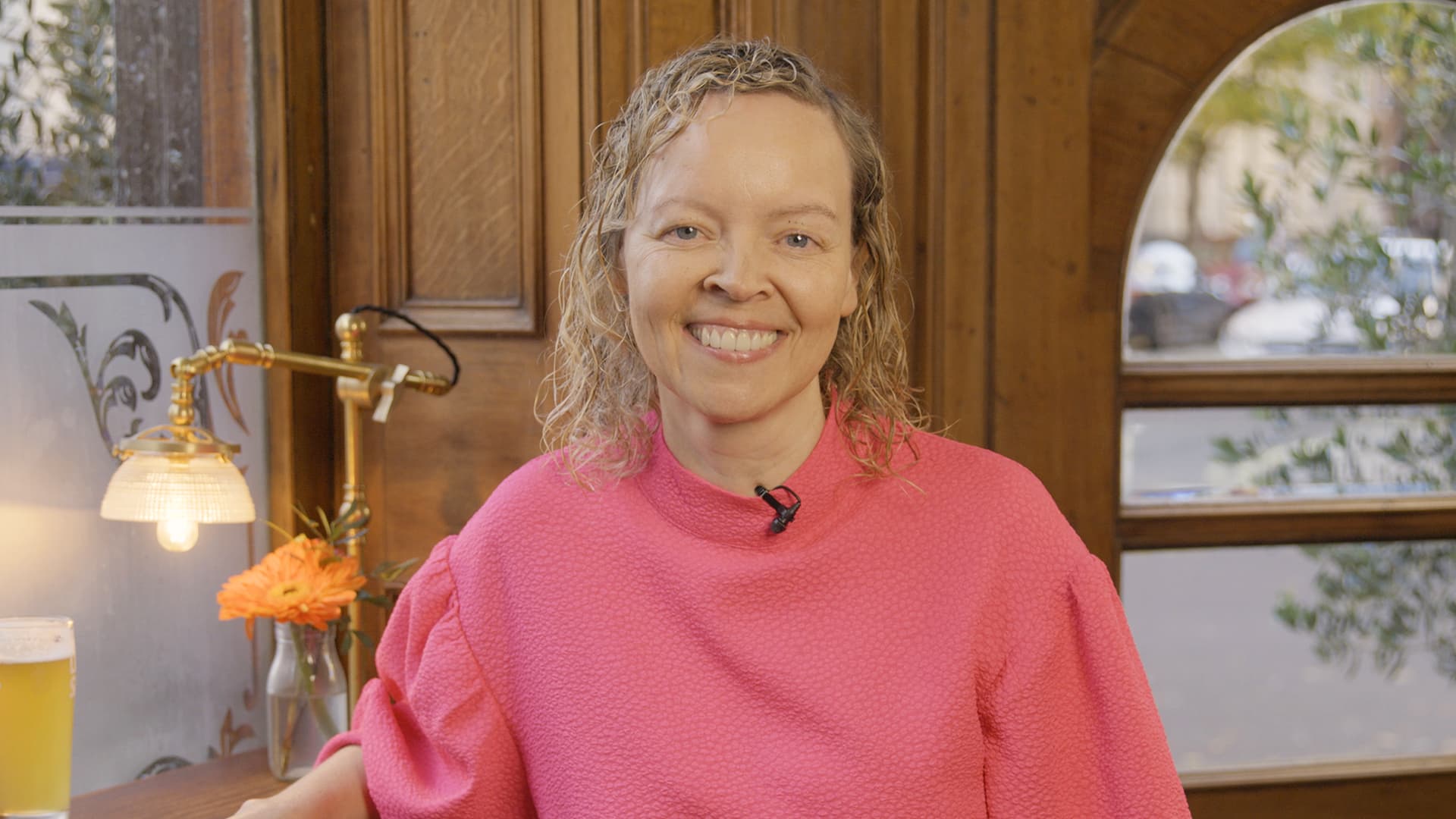
While it is tempting to try to appeal to a broad audience, the founder of alcohol-free coaching service Just the Tonic, Sandra Parker, believes the best thing you can do for your business is focus on your niche. Here’s how she did just that.
When running a business, reaching out to as many clients as possible can be tempting. But it also risks making your marketing “too generic,” warns Sandra Parker, the founder of Just The Tonic Coaching.
“From the very start of my business, I knew exactly who I could help and who I couldn’t,” Parker told My Biggest Lessons.
Parker struggled with alcohol dependence as a young professional. Today, her business targets high-achieving individuals who face challenges similar to those she had early in her career.
“I understand their frustrations, I understand their fears, and I understand their coping mechanisms and the stories they’re telling themselves,” Parker said. “Because of that, I’m able to market very effectively, to speak in a language that they understand, and am able to reach them.”Â
“I believe that it’s really important that you know exactly who your customer or your client is, and you target them, and you resist the temptation to make your marketing too generic to try and reach everyone,” she explained.
“If you speak specifically to your target clients, you will reach them, and I believe that’s the way that you’re going to be more successful.
Watch the video for more of Sandra Parker’s biggest lessons.
SOCIAL
Instagram Tests Live-Stream Games to Enhance Engagement
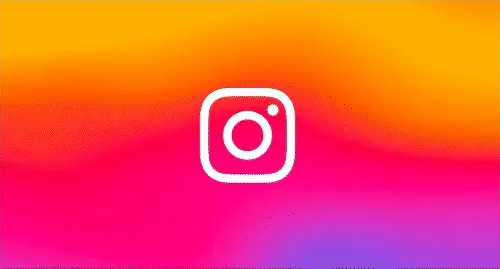
Instagram’s testing out some new options to help spice up your live-streams in the app, with some live broadcasters now able to select a game that they can play with viewers in-stream.
As you can see in these example screens, posted by Ahmed Ghanem, some creators now have the option to play either “This or That”, a question and answer prompt that you can share with your viewers, or “Trivia”, to generate more engagement within your IG live-streams.
That could be a simple way to spark more conversation and interaction, which could then lead into further engagement opportunities from your live audience.
Meta’s been exploring more ways to make live-streaming a bigger consideration for IG creators, with a view to live-streams potentially catching on with more users.
That includes the gradual expansion of its “Stars” live-stream donation program, giving more creators in more regions a means to accept donations from live-stream viewers, while back in December, Instagram also added some new options to make it easier to go live using third-party tools via desktop PCs.
Live streaming has been a major shift in China, where shopping live-streams, in particular, have led to massive opportunities for streaming platforms. They haven’t caught on in the same way in Western regions, but as TikTok and YouTube look to push live-stream adoption, there is still a chance that they will become a much bigger element in future.
Which is why IG is also trying to stay in touch, and add more ways for its creators to engage via streams. Live-stream games is another element within this, which could make this a better community-building, and potentially sales-driving option.
We’ve asked Instagram for more information on this test, and we’ll update this post if/when we hear back.
-

 SEO7 days ago
SEO7 days agoGoogle Limits News Links In California Over Proposed ‘Link Tax’ Law
-
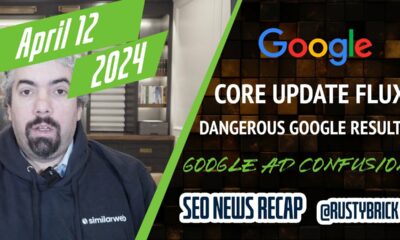
 SEARCHENGINES6 days ago
SEARCHENGINES6 days agoGoogle Core Update Volatility, Helpful Content Update Gone, Dangerous Google Search Results & Google Ads Confusion
-
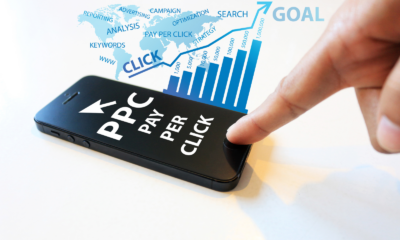
 SEO6 days ago
SEO6 days ago10 Paid Search & PPC Planning Best Practices
-
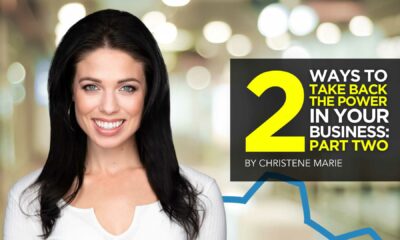
 MARKETING7 days ago
MARKETING7 days ago2 Ways to Take Back the Power in Your Business: Part 2
-
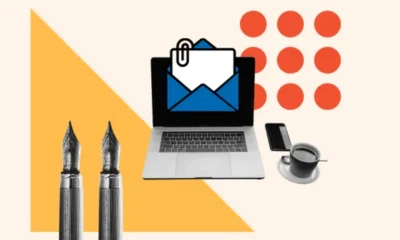
 MARKETING5 days ago
MARKETING5 days ago5 Psychological Tactics to Write Better Emails
-
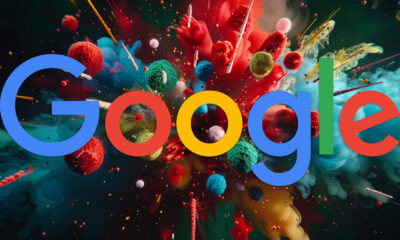
 SEARCHENGINES5 days ago
SEARCHENGINES5 days agoWeekend Google Core Ranking Volatility
-

 PPC7 days ago
PPC7 days agoCritical Display Error in Brand Safety Metrics On Twitter/X Corrected
-

 MARKETING6 days ago
MARKETING6 days agoThe power of program management in martech

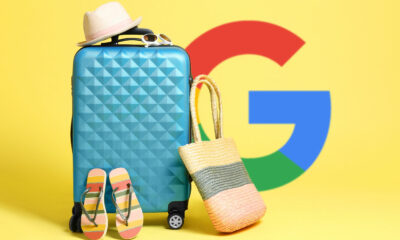







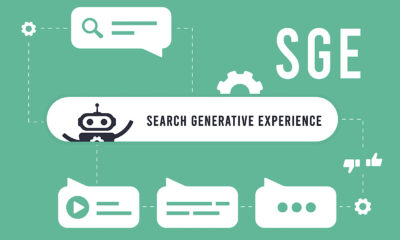

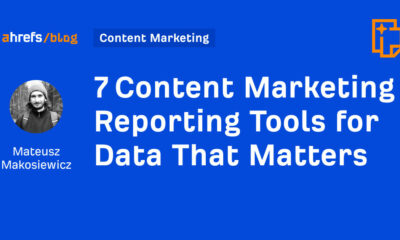


You must be logged in to post a comment Login